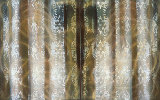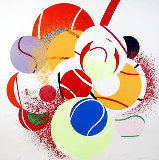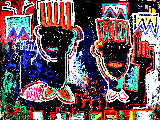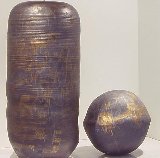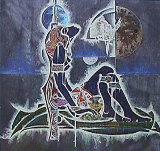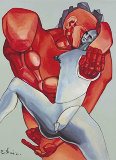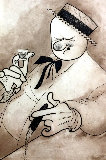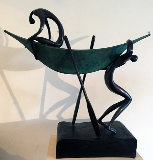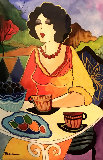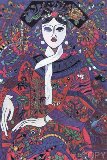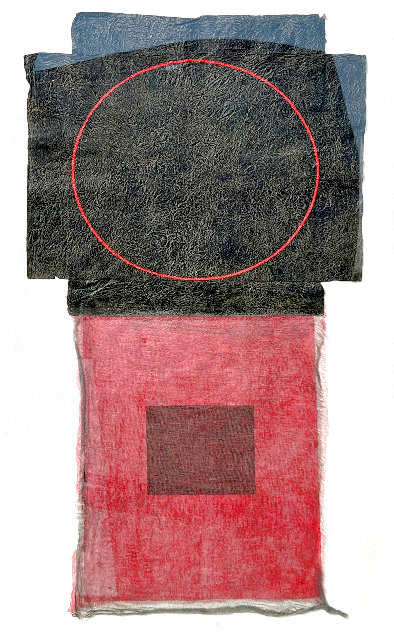







Lady and the Samurai 21 1987 53x30 - Huge
David Shapiro
Original Painting : Acrylic and Gauze on Paper
Size : 47.5x24 in | 121x61 cm
Framed : 53x30 in | 135x76 cm
Reduced
-
🔥Huge Fabulous 1987 Framed Mixed Media - Blue Chip - A SUPER Steal - Inquire $$$$$$$
Art can be rolled to save on shipping
Year1987
Hand SignedOn Verso
Condition Excellent
Framed with PlexiglassWhite Frame Floated on White Mat
Purchased fromPrivate Collector 1998
Provenance / HistoryOriginally Purchased from Dolan/Maxwell New York in 1990.
Certificate of AuthenticityArt Brokerage
LID155809
David Shapiro - United States
Art Brokerage: David Shapiro American Artist: b.1944-2014. Born and raised in Brooklyn, New York, David Shapiro was inspired by Asian art in New York museums and the influx of Eastern philosophies in the New York avant-garde culture of the '50s and '60s. This influence is apparent in the titles that he chose for his works and for his series, Anecdote and Parable, Mudra (Buddhist hand symbols), Savasan (final resting pose), Seer-Actor-Knower-Doer and Origin and Return. Shapiro declared that the title Origin and Return, "refers to the continuous and cyclical process of perception and feeling. There always has to be a first step, but never an ending." Shapiro's emphasis on the cyclical process of perception and feeling is evident in the layering of panels, color, line and textures yielding compositions that meld harmoniously in sequence, while also maintaining their uniqueness. He incorporated Nepalese and Japanese papers, burlap, nylon, and screen-printing to produce highly elaborate and dynamic canvases. Though the production of these canvases and the creation of the patterns are heavily steeped in Eastern philosophies and traditional Japanese painting, Shapiro's color choices were open to random environmental influences. Shapiro believed his true palette to be black/white/gray/natural, but discovered color in daily experiences and chose it without preconceptions. He sought the emotional response that color can generate. Ultimately, Shapiro wanted his art to affect the viewer on a psychological level, and to "be a meditative process of getting in touch with your own consciousness." Listings Wanted.









